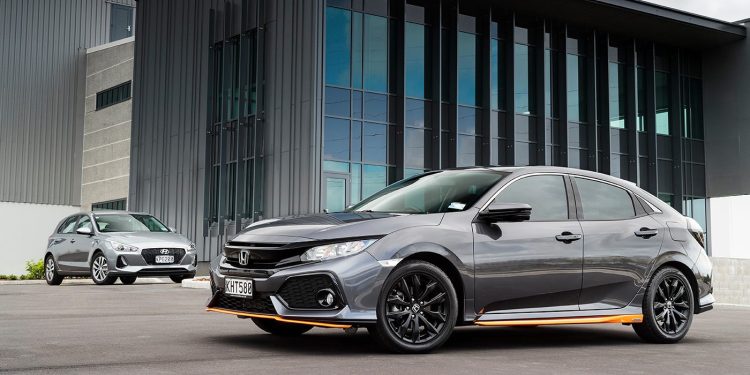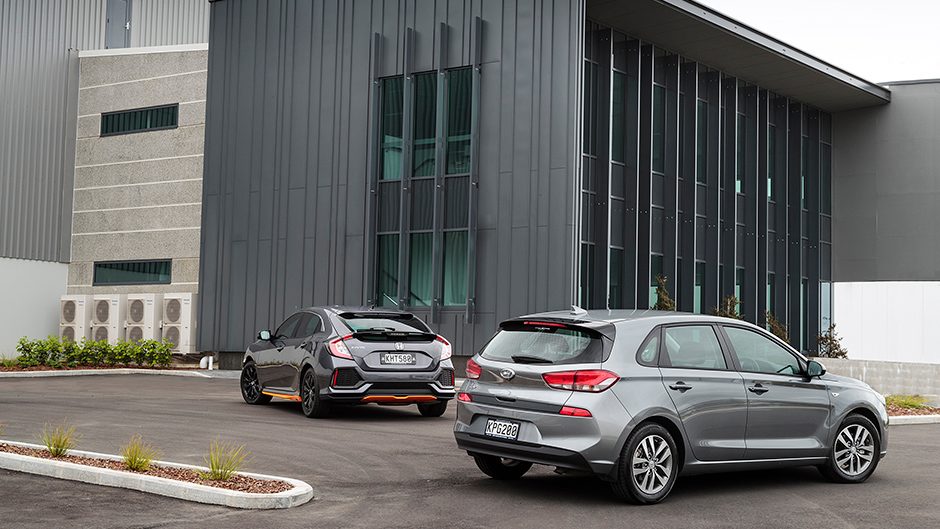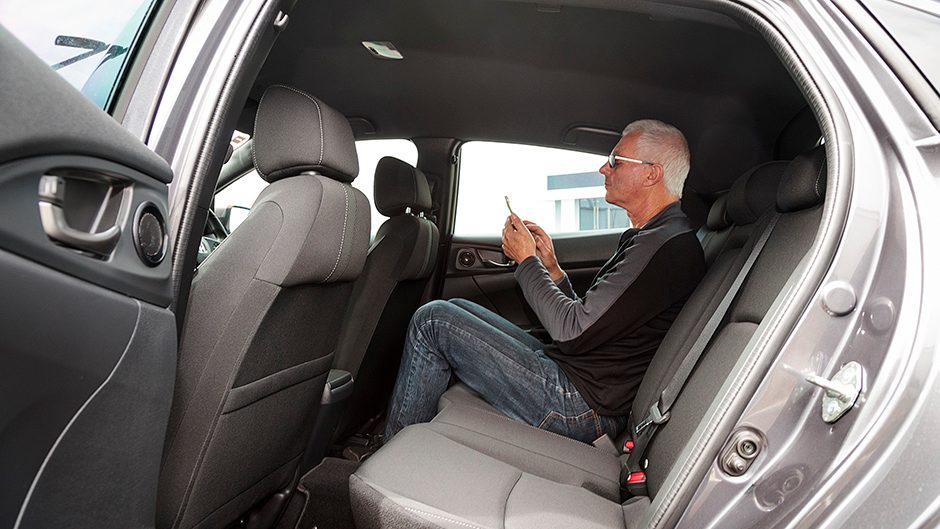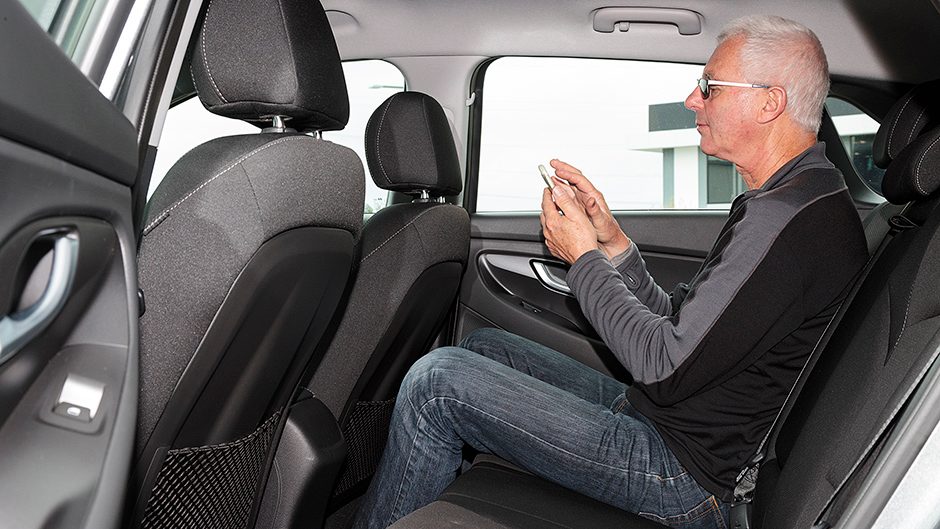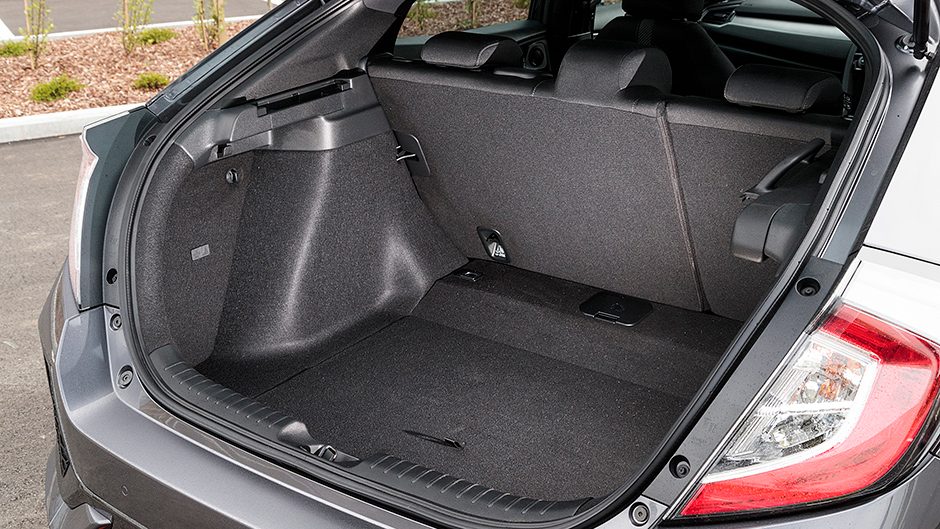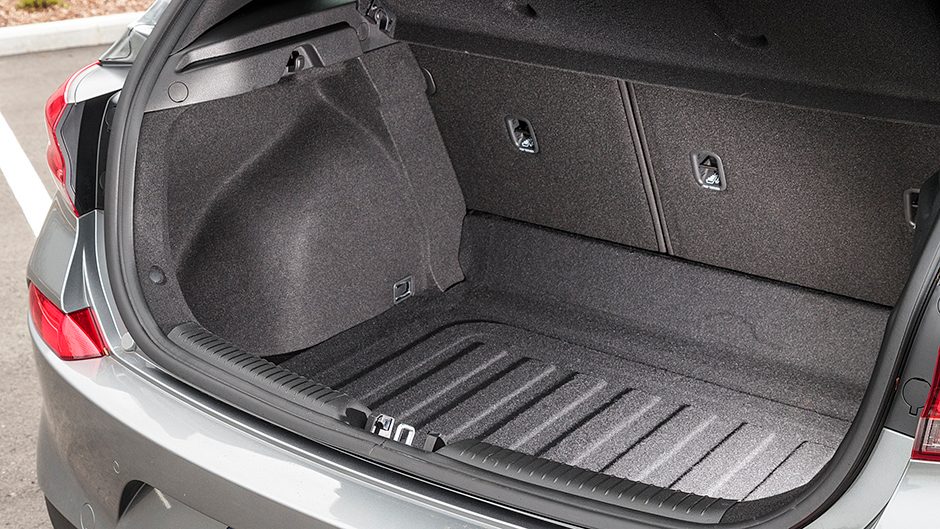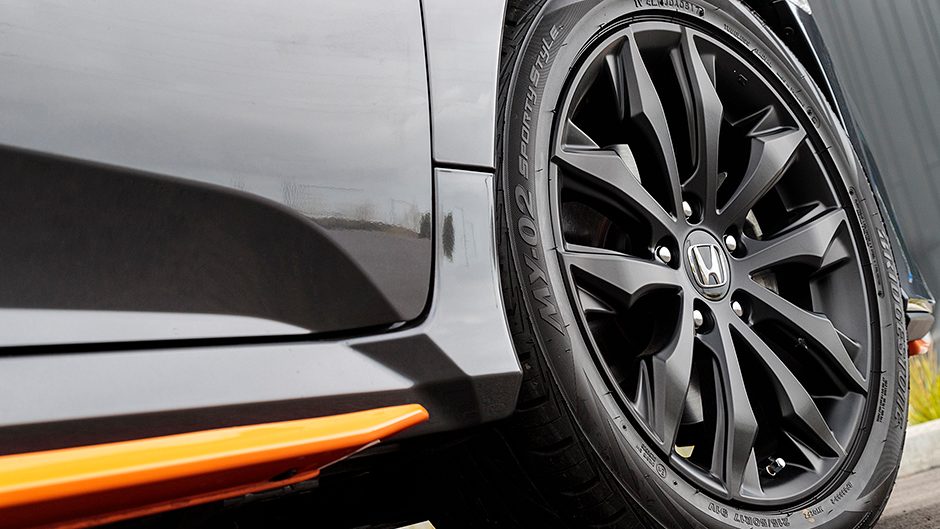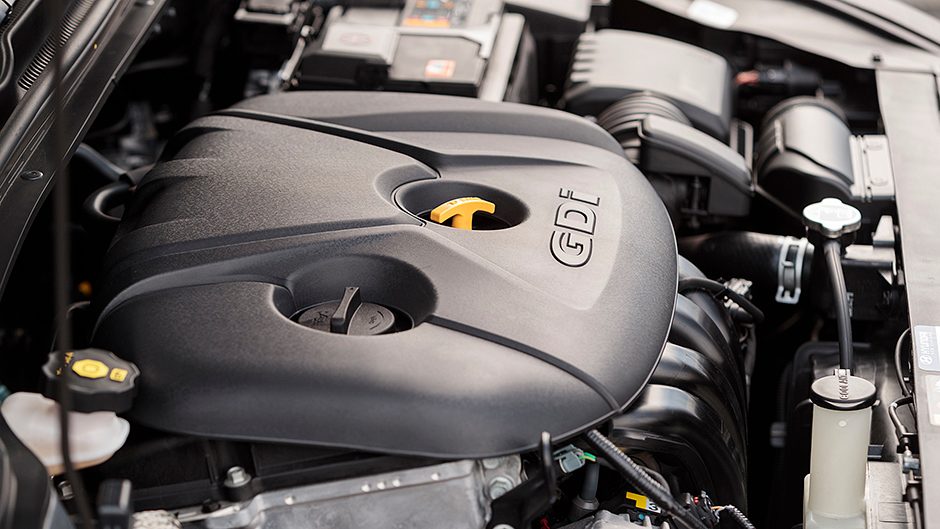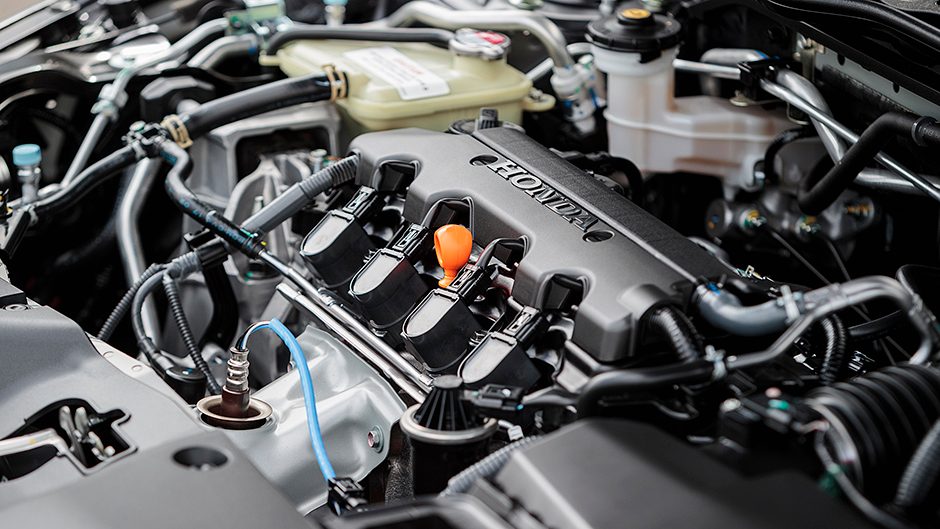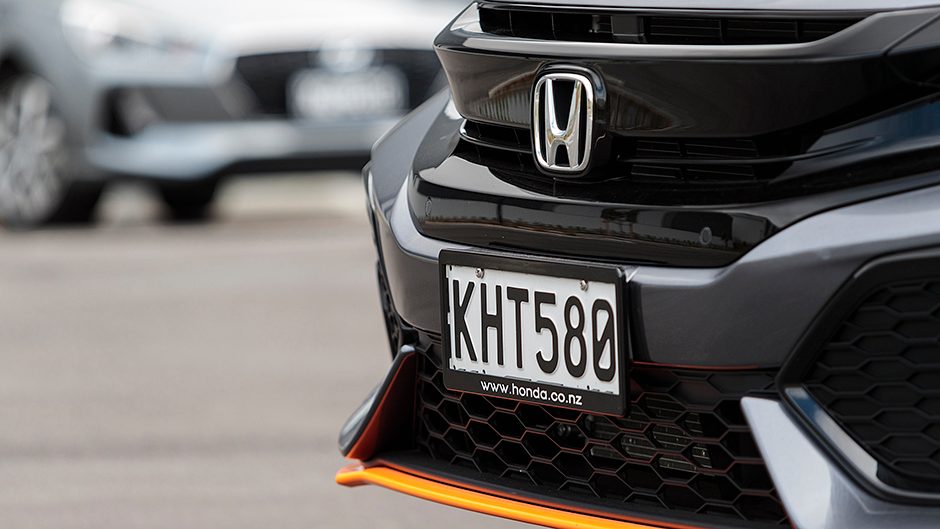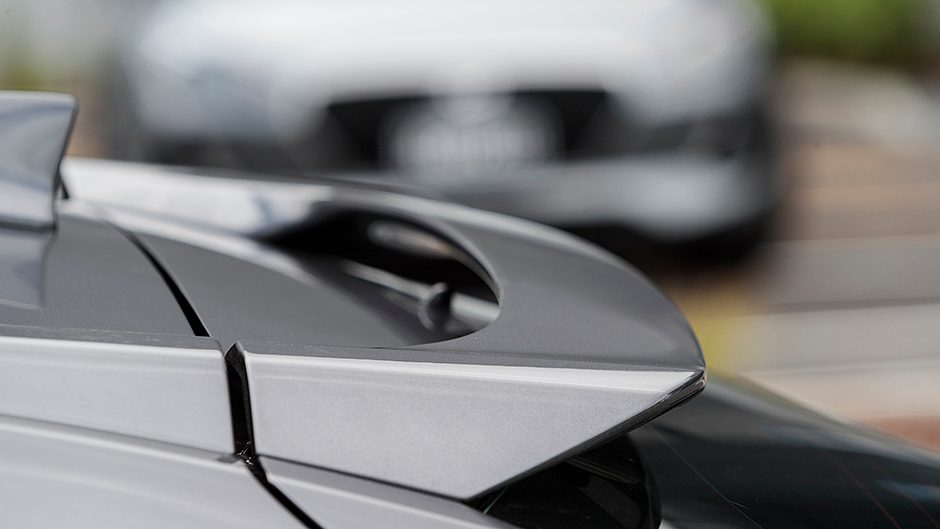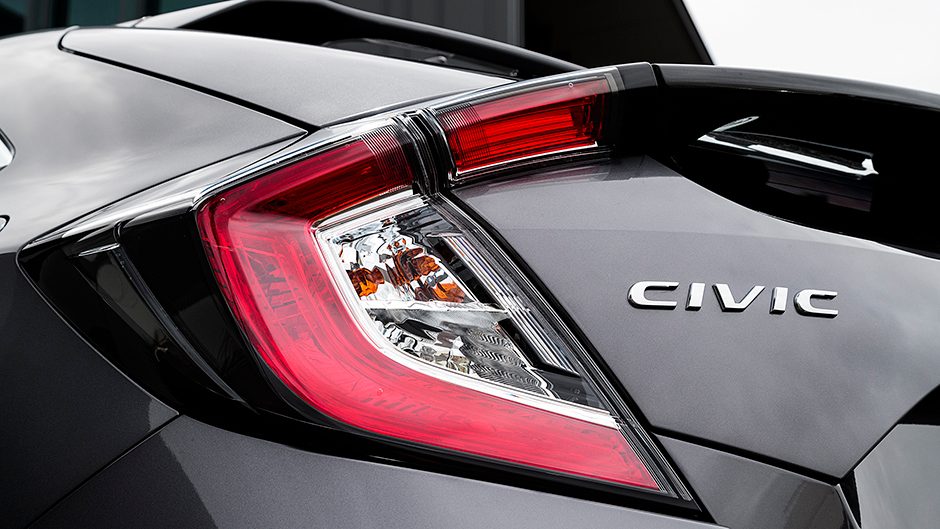2017 Honda Civic SX Sport vs Hyundai i30 2.0 GDI comparison
Words: Peter Louisson | Photos: Tom Gasnier
Increasingly base variants of compact hatches are better specified. We compare two newbies, the Hyundai i30 2.0 GDI and the Honda Civic in SX sport livery.
Kiwis like to spend up the model range, opting to add a little more up front to get all the convenience and safety features of the top model rather than settling for second best. However, base models aren’t quite what they used to be, and are quite different from the poverty-pack, drive-away specials foisted upon our Aussie neighbours.
Over the years, we’ve tended to test the range-toppers because they’re what most private customers buy. Now that the base models are coming with more gear aboard, we decided to have a look at a couple of these in the compact hatch sector, the base i30 and Civic hatch SX.
Only, wouldn’t you know it? We got to drive a modded SX instead, in the form of the SX Sport. It starts out as a base SX at $32,990 but adds a rather striking sport body kit, with front, side and rear under-spoilers, upgraded 17-inch alloys, sports pedals and window tints, priced at $36,500 plus ORCs. It looks a bit like a Type R for two-thirds the price; tricked a few people it did. Happily, the base Hyundai i30 2.0 GDI kicks off at $35,990, so there’s only $510 difference between them.
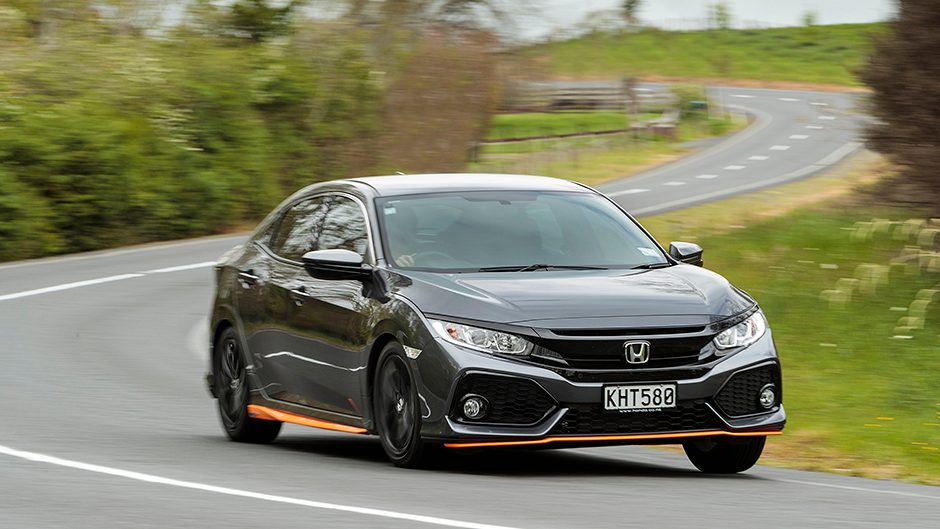
More differences than similarities
Despite both being five-door hatches with an H badge up front, they’re quite different propositions otherwise. They don’t even look similar, the i30 a modern conventional UKM (Universal Korean Machine), the Civic more rakish, longer and lower, with its coupe-style sloping roof. Interiors mirror the exterior, the Honda flashier.
Under the hoods, both hatches run direct injection atmo in-line fours, one a 1.8, and the other a 2.0L unit. The Hyundai uses a six-speed auto whereas the Honda engine is hooked up to a CVT. Where the i30 gets a mode switch that sparks up the powertrain (also econ and normal) the Honda gets the latter only. For haste it has an S setting for the transmission. However, the i30 ups the ante in that you can manually select gears using the lever. In both Sport and Normal modes, the transmission is quite responsive to shifting prompted by right foot pressure. In an automatic, that’s how it should be. Neither has paddles.
With the CVT you’ve less options; it’s either stomp down with the right foot or utilise the shift lever, pulling back one step from D to S. Both work quite well, but the auto’s a bit better when needs must.
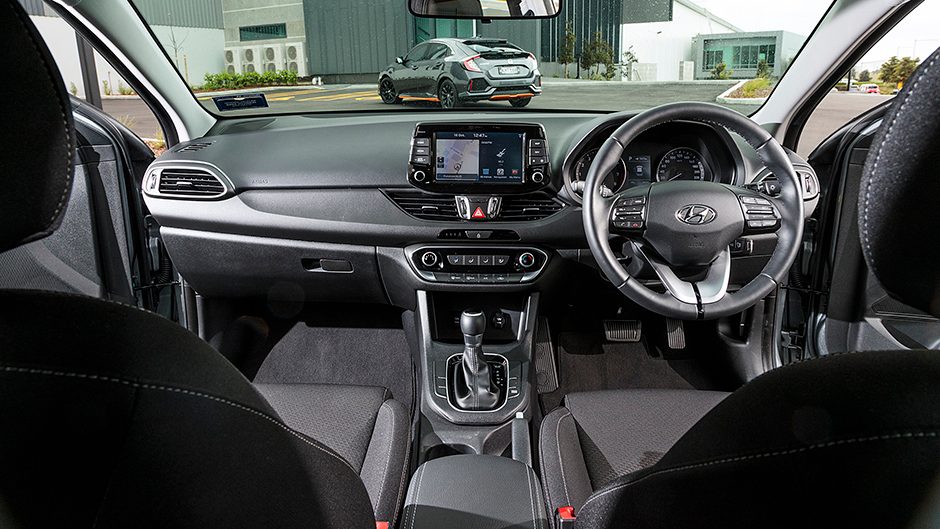
Korea outmuscles Japan
Going by the numbers, the Hyundai gets the upper hand, despite being heavier by 30kg. But the weight gap is narrowing, not before time. High tensile steels now comprise 53 per cent of of the chassis, and it’s 18 per cent more rigid thanks partly to liberal use of structural adhesives.
The i30 brings more firepower to the dogfight too, its 2.0L unit cranking out 120kW and 203Nm. The Honda’s venerable 1.8L mill is good for 104kW and 174Nm, but in theory it uses less gas (6.4L vs 7.4L/100km). Both will run happily on 91 unleaded fuel. Contributing to the Honda’s economy, displacement aside, is a better coefficient of drag (0.28 vs 0.30) thanks in part to its full underbody cladding and slightly lower height (1421mm vs 1455mm). Moreover, at 100 the Honda tach suggests revs of 1700 to the i30’s 2000rpm. Peak fuel use of the pair? A high of 11 vs 14L/100km, respectively. Cruising at highway speeds the Honda easily manages mid 7s, the i30 into the 8s.
Strictly by the clock, it’s no surprise the acceleration plaudits go to the i30 which clears out and runs away from the Honda; CVTs aren’t renowned for getting the power down in a big hurry; rather they’re optimised for efficient running once up to speed. Because the base i30 turned out to be 40kg lighter than the Elite version, we decided to reattach the performance equipment and found an improvement of around 0.4sec for both acceleration criteria. It was a bit of a bloodbath if you look at the performance difference between these two, the Honda almost two seconds adrift on both counts.
However, on road rather than simply a drag between the stoplights, it’s a slightly different story. Shifting between S and D keeps the Honda mill right in the thick of things, S helping when extra spurts of speed are required. It feels roughly as quick point to point, on account of sporting advantages it has on road.
But there’s nothing wrong with how the auto and the 2.0L mill of the i30 functions. Drive it easy or in more spirited fashion and it’s just as happy complying. Normal mode works fine around town, Sport is well sorted for faster running, or you can mix and match as you see fit. It all works well, the six-speed appropriately responsive. It’s just that in the real world they’re a bit closer than the numbers suggest.
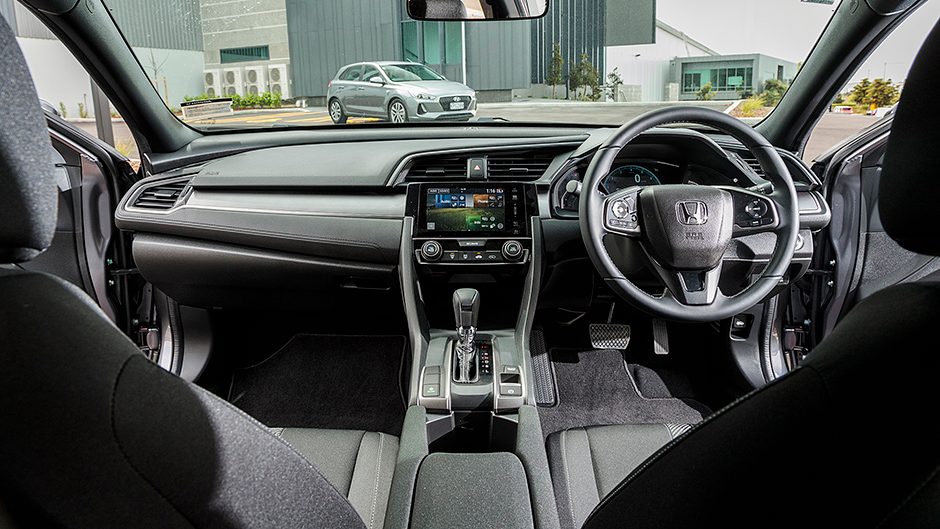
Civic gains in bendy bits
And that extends to the way they deal to corners, but the tables turn slightly, with the Honda a bit more convincing. It has better quality tyres and more rubber on the road (215/50R17 Bridgestone Sporty Style [no kidding, real name] vs 205/55R16s Kumho EcoWings [chicken anyone?]). Also helping the Honda cause is a fully independent multilink rear end to the i30’s torsion beam rear, and also Civic features torque vectoring by brake.
During the photo shoot both cars achieved and held similar in-corner speeds but the Honda did it easier, with less tyre squeal, and better body control. When pushing to the limit the torque vectoring system quietly says enough is enough and keeps proceedings seemly whereas the tyres are the ultimate limiting factor with the i30. In the wet they’re not as good as the Sporty Styles either.
It’s the steering that is the ultimate arbiter though, the Civic’s electric helm better sorted, more natural than that of the i30 which has an artificial feel to the weighting. The Honda points quicker and better too, aided by variable gearing with just 2.1 turns lock to lock.
On the ride front, both are pretty decent, the Hyundai just slightly easier going overall, both well sorted and nicely compliant for open road work. There’s little in it for cabin clamour too, though the wider lower profile rubber of the Honda generates a bit more roar on poorer surfaces. In town both powertrains works nicely at modest revs, with little between them in their normal operating modes.
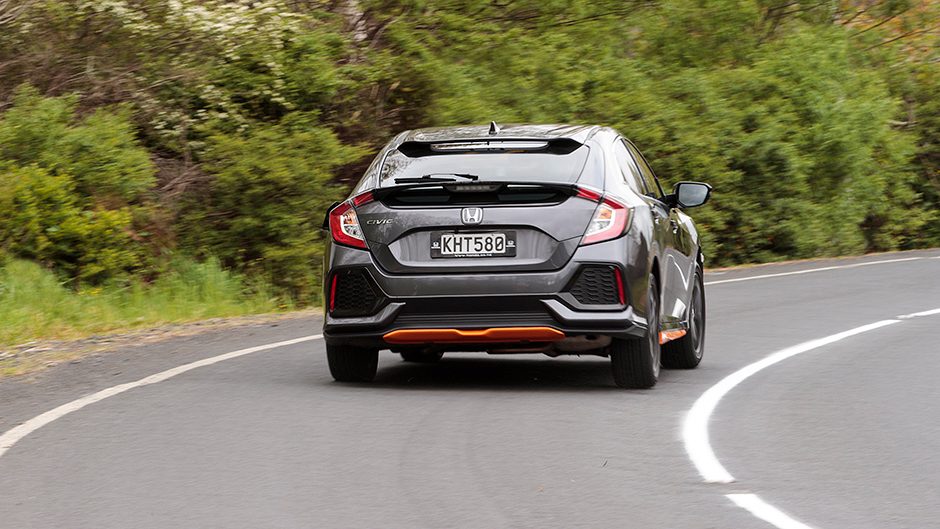
Honda more spesh?
As to living with them both on a day to day basis, the Honda feels a bit more modern. It features comfort entry and pushbutton start, the i30 requiring a fob and key for the same thing. Moreover, it self locks should you walk away and forget to. The general interior is flasher in the Civic, right down to seat coverings. In the rear, there’s a touch more space too, and it also features flat split folding, the i30 a two-tier affair. On luggage space, the Civic also wins, its 414L edging the i30’s 395L. A clever lightweight cargo cover on the Honda pulls across from one side to the other, and it’s reversible for left handers!
As to gear, again the Civic takes the lead, with all lights being LEDs, including the headlamps. Both have alloy wheels (bigger on Civic), sat nav, Isofix devices, and a five-star ANCAP safety rating, each achieving scores of 35/37 maximum points. Neither features AEB or any other active safety bits, only audible collision warnings, but the Civic has a handy left-sided lane change camera.
Neck and neck?
It’s a close run thing overall, and depends somewhat on your priorities. CVT deniers won’t even consider the Civic, and should therefore be happy with the i30 which does a decent job across the board, is competent and reasonably well specified for a $36k car. However, others might like the more modern aesthetic of the Civic hatch which looks interesting, drives better and uses less fuel. On balance it’s the one we’d opt for, especially because the base SX is mechanically similar to the Sport but only costs $32,900.
| Model | Honda Civic SX Sport |
| Price | $36,500 |
| Engine | 1799cc, IL4, DI, 105kW/174Nm |
| Drivetrain | CVT, front-wheel drive |
| Fuel Use | 6.4L/100km |
| C02 Output | 148g/km |
| 0-100km/h | 10.23sec |
| Weight | 1269kg |
| Model | Hyundai i30 2.0 GDI |
| Price | $35,990 |
| Engine | 1999cc, IL4, DI, 120kW/203Nm |
| Drivetrain | 6-speed auto, front-wheel drive |
| Fuel Use | 7.4L/100km |
| C02 Output | 170g/km |
| 0-100km/h | 8.45sec |
| Weight | 1310kg |


